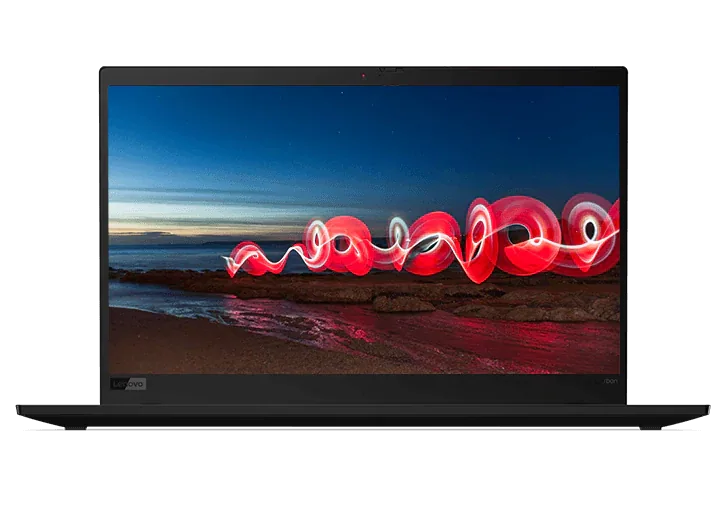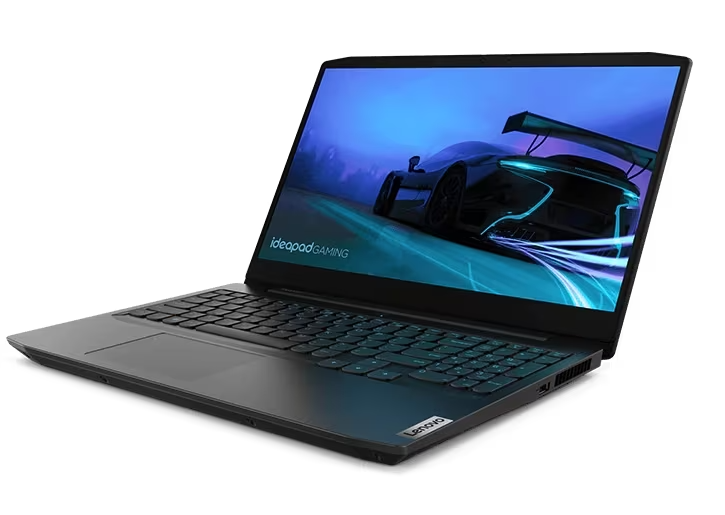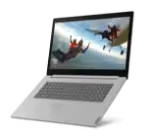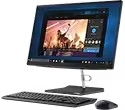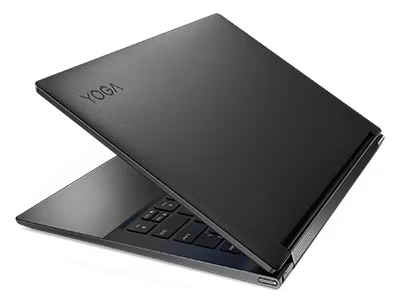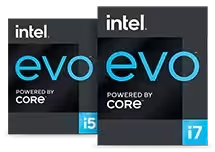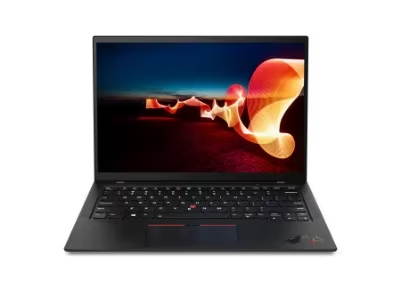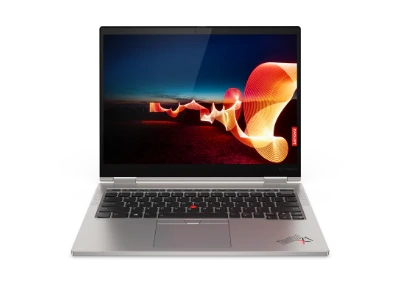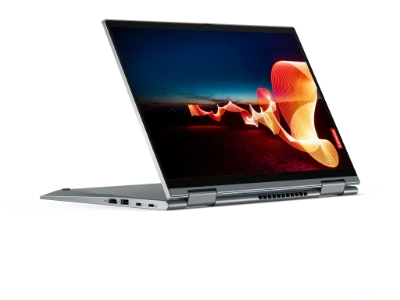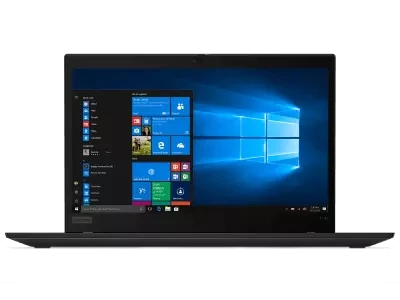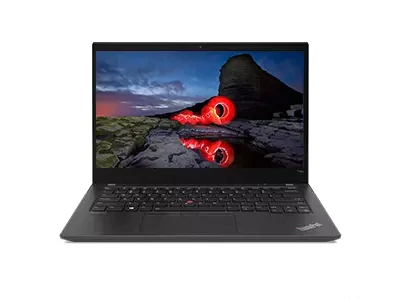How to Update Drivers
Security updates, bug fixes, performance enhancements, and drivers are all available for updates on your computer. Though you may have a basic understanding of what security updates and performance enhancements entail, you may be less familiar with drivers. In plain terms, a driver is software that allows your computer device to connect to external devices, such as keyboards and mice. If your drivers aren't up to date, your computer may lose the ability to "speak" to these devices, rendering them useless.
Though security updates and bug fixes are often updated automatically, your driver software may not be. For this reason, it's useful to occasionally update them manually to ensure that they're up to date. To update your drivers manually, navigate to Windows Update in your Control Panel. You can access your Control Panel from the Start menu, or do a search for "windows update." Once there, check for any updates that may apply. If there are driver updates available, view and install them – a restart of your computer may be required, so be sure to save all work and close any open applications.
How to update Windows 10 drivers
In Windows 10, you can find Windows Update simply by running a search from the Start menu (simply type it in the search field). Once you find and arrive at Windows Update, you may be presented with several different options. These include:
- Install now
- Check for updates
- Advanced options
If there are driver updates available, the "Install now" option will appear. Click it to start the update process; your driver upgrades will be downloaded and installed, at which point, you may be prompted to restart your computer.
In some cases, no updates will be listed. However, you can still verify that your computer is up to date by clicking on the "Check for updates" option. If after you've selected this option, no updates appear, then your computer software, including drivers, are currently up to date, and no further action is necessary.
Finally, you may consider selecting "Advanced options." Under this window, you have several options to choose from. These include the option to choose how upgrades are installed, whether or not to defer automatic updates, and how your updates are delivered. If you don't have specific preferences, it is recommended that you leave them in their default state.
How to update graphics driver
Updating graphics drivers entails a slightly different process than that described above, as in many cases, you must download the driver update from the manufacturer of your graphics card – not the manufacturer of your laptop or desktop computer.
To determine the make and model of your graphics card, go to the Start or Windows menu and conduct a search for "device manager." A shortcut for the Device Manager should appear within the search results; click on it.
Once you are inside the Device Manager, you should see your computer's various devices listed. These may include battery (if on a laptop), computer, disc drive, display adapters, DVD/CD-ROM drive, keyboard, and more. The option you are looking for is "display adapters."
When you click on this option, it should expand to show your graphics card (or cards). Once you know the make and model of your graphics card (it should be listed by name and model number), you can visit the manufacturer's website to check for related graphics driver updates. Common manufacturers include:
Download any applicable updates and install them to complete the update process.
